Maharashtra: Convenient cover
Megha Chowdhury (Mumbai)
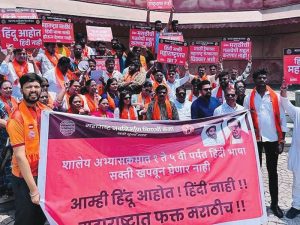
Mumbai anti-Hindi protest: contracts stimulus
In april, the state’s coalition government comprising the Bharatiya Janata Party (BJP), the Eknath Shinde-led Shiv Sena and Ajit Pawar’s Nationalist Congress Party (NCP) mandated adoption of the three-language policy prescribed by NEP 2020 with Hindi as the third language for classes I-V children in all 100,000 government and aided schools statewide.
This was expected as BJP the dominant party in the coalition, also heads the BJP/NDA coalition in New Delhi. However, opposition parties Shiv Sena UBT (Uddhav Balasaheb Thackeray) and Maharashtra Navnirman Sena (MNS) are fiercely opposed to the three-language policy stating it is a disincentive to learn Marathi, the dominant and official language of Maharashtra. These regional parties are in favour of children learning only two languages — Marathi and English (Inglish).
According to them, learning three languages is a “burden” for children. Moreover, they believe that introduction of Hindi the dominant language of the populous north Indian states and also stipulated by the Constitution of India as the national language, threatens the Maharashtrian identity (‘Marathi Manoos’) and encourages cultural domination by the Hindi-speaking majority. UBT and MNS protests against the three-language policy are supported by several regional entities such as the Marathi Study Centre and allied cultural groups.
Bowing to widespread protests, including a planned joint rally by previously estranged cousins Uddhav and Raj Thackeray, now heading splinter groups of the Shiv Sena, a political party founded by late Shiv Sena strongman Bal Thackery (1926-2012), the government withdrew its GR (government resolution) on June 29, and constituted a committee under Dr. Narendra Jadhav, former member of the Planning Commission with the brief to review the three-language policy while retaining Marathi as the core focus.
At first glance, the resistance to Hindi seems irritational. Marathi and Hindi share the Devanagari script and phonetic structure, unlike Tamil and other peninsular India languages which have distinctive scripts. Hindi poses no such challenge in Maharashtra. Yet widespread opposition of regional political parties to children learning a third language — especially Hindi — is not unconnected with textbook printing contracts and teacher appointments.
According to sentient monitors of Maharashtra’s sliding education sector, politicians’ love for Marathi and opposition to Hindi is less driven by love of Marathi than love of lucrative textbooks printing contracts for Maharashtra’s 100,000 government schools, translation deals, and high wage island teachers jobs for unemployable kith and kin in Marathi-medium schools.
“Printing millions of textbooks in compulsory vernacular languages is good business for local publishers who write, print and supply textbooks to state governments. That’s a multi-crore industry with very little regulation. Once Marathi is entrenched as the primary medium, politicians rush to plant their own frontmen as publishers, into the system. Moreover because such texts are published by under-qualified publishers and written by barely qualified authors with political connections rather than pedagogical credentials, they are riddled with errors,” says Dr. Biswanath Chakravarty, professor of political science at Mumbai University.
The rot extends to teacher appointments, where linguistic chauvinism serves as a convenient cover for nepotism. With over 100,000 government schools in Maharashtra, the push for Marathi-medium education ensures a steady demand for teachers schooled in Marathi-medium — D.Ed diploma holders, most of whom are under-qualified relatives of political leaders and bureaucrats.
“These so-called teachers, armed with fake credentials from obscure state government universities are parachuted into government schools to secure jobs for loyalists,” says Dr. Abhay Bang, a renowned public health expert, educator, and social activist based in Gadchiroli, Maharashtra. “It’s a deliberate dismantling of education, where merit is sacrificed for political dividends.”
Maharashtra’s opposition to the three languages learning mandate of NEP 2020 is a distraction from systemic failure as testified by the latest Annual Status of Education Report (ASER) 2024 published by the independent Pratham Education Foundation. According to ASER 2024, 25.8 percent of children in class VIII couldn’t read class II texts in their own vernacular language (Marathi).
While Marathi champions like Raj Thackeray proclaim “We are Hindus, not Hindis,” the real issue is not language but the exploitation of education for electoral and financial gain. The Maharashtra government’s retreat from the Hindi mandate, followed by the formation of a committee under Dr. Narendra Jadhav to review the three-language policy, does little to address the root cause: a governance machinery that prioritises cronyism over children’s futures.
“Maharashtra’s education system is being hollowed out by those who claim to protect its cultural identity,” reiterates Dr. Chakravarty. “The obsession with Marathi-medium schools isn’t about pride it’s about controlling textbook contracts and teacher appointments.”
Also Read: Maharashtra: 120 hostels housing 25,000 college students on the anvil





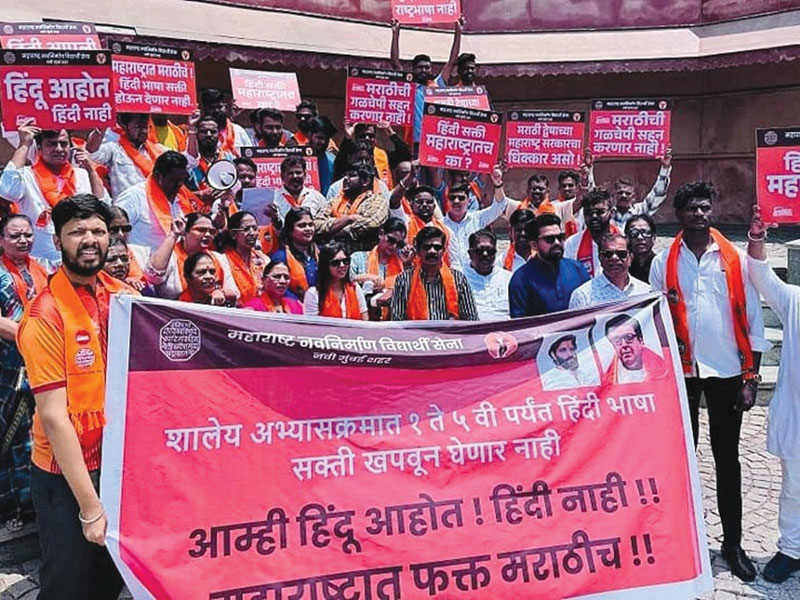

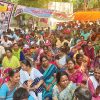
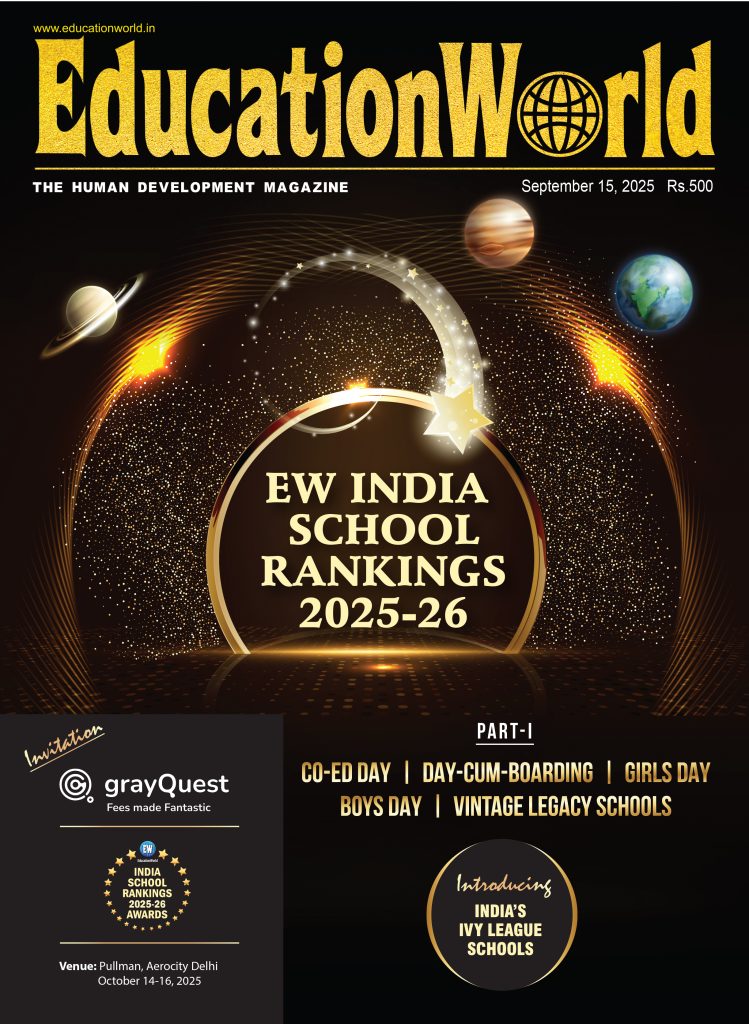



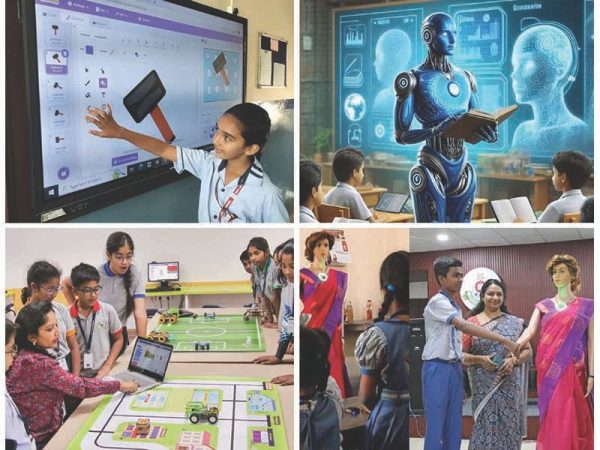



Add comment